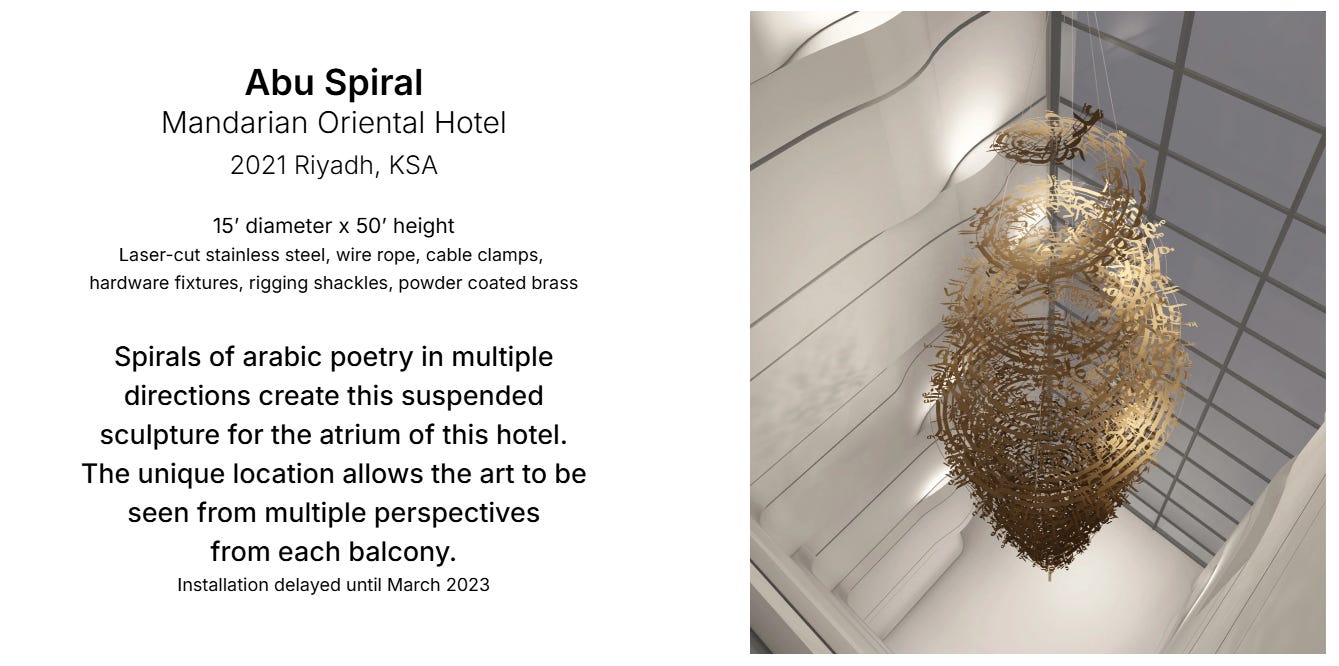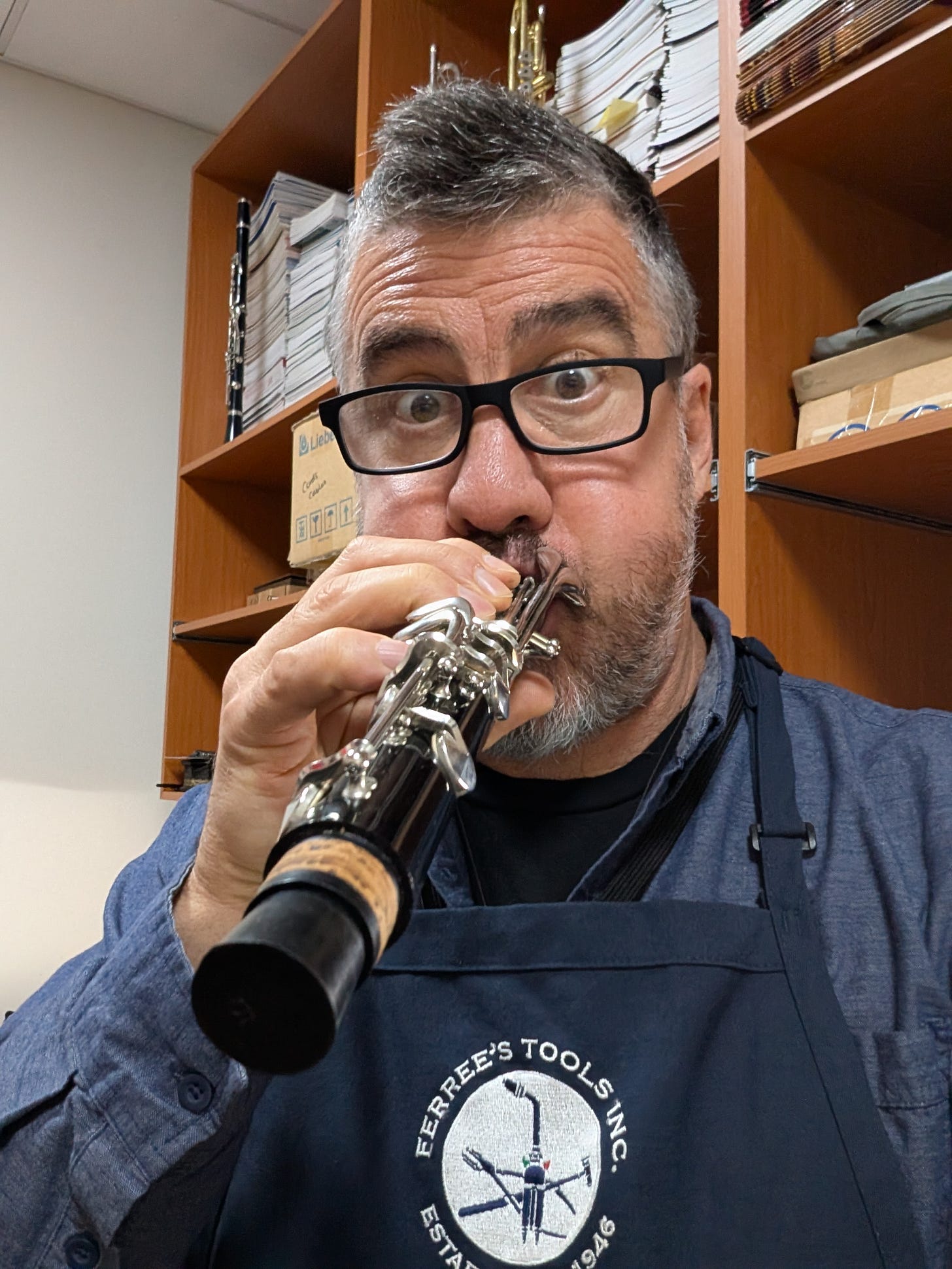“To travel is to discover that everyone is wrong about other countries.” — Aldous Huxley.
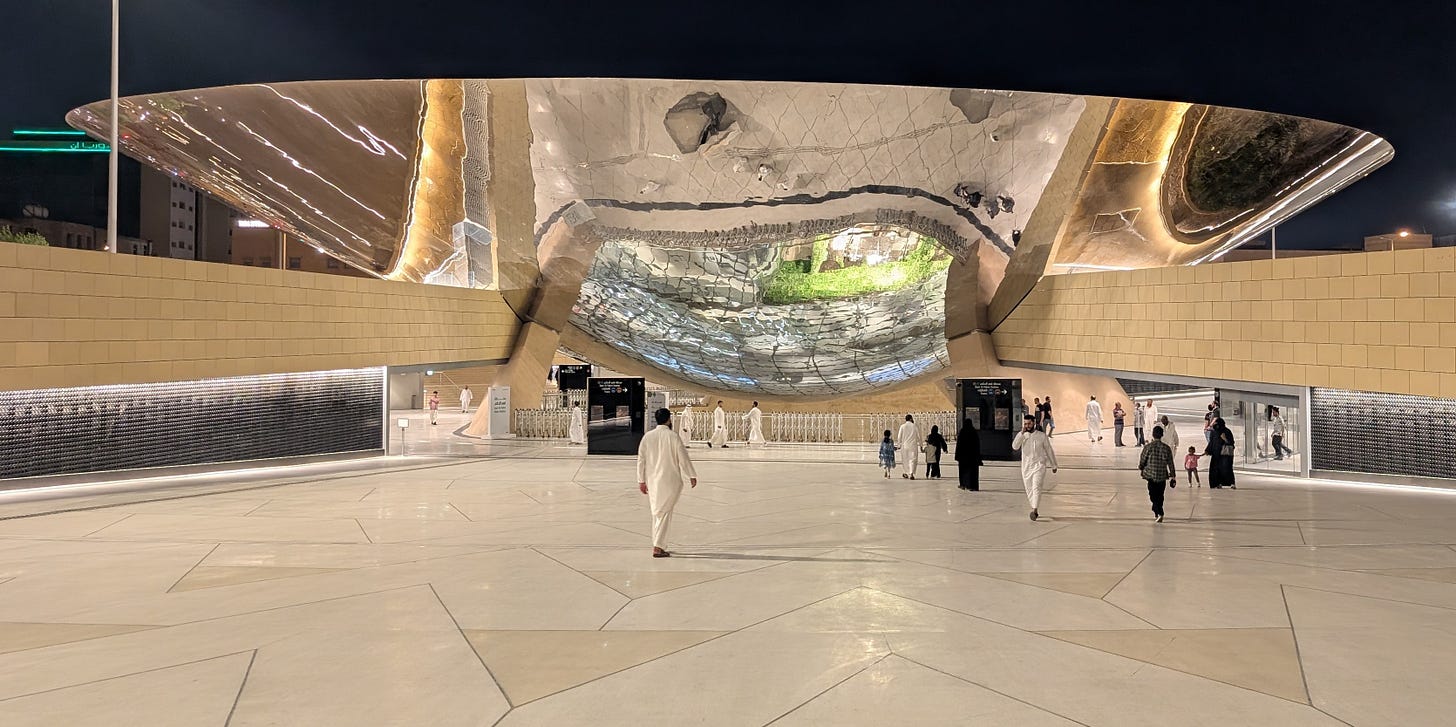
I have spent the last week in Riyadh, the capital of Saudi Arabia, working at the American International School in the city. I am flying to Dammam tonight (Saturday, October 4th) to spend the next four days working at the American School in Al Khobar, Saudi Arabia. It is south of Dammam on the coast, across from Bahrain. Then on to Tunisia for the last job before I fly back to Istanbul, drop off the tools, and return to the U.S.
Riyadh is the largest city on the Arabian Peninsula and is situated in the center of the Nafud desert, on the eastern part of the Najd plateau. It is located at an average elevation of 2,000 ft above sea level. When Abdul Aziz (the founder and first king of Saudi Arabia) captured Riyadh in 1902, the city occupied only one square kilometer; a century later, Riyadh had expanded to 1,300 square kilometers. When Abdul Aziz consolidated his kingdom in 1932, Riyadh had a population of fewer than forty thousand. By the beginning of the 21st century, its population had approached six million. It now has over seven million inhabitants (nearly 50% of whom are foreign-born) and spans 1,800 square kilometers, continuing to grow rapidly.
Ebon Heath is a designer, sculptor, & art director from Brooklyn (and Woodstock), New York, who has chosen many global cities as his home. He is also an old friend and roommate of mine. And he remains a calm, funny, creative, and luminous soul who brightens my life whenever we connect. During a conversation with a mutual friend this summer, when I mentioned that I was traveling to Qatar, Saudi Arabia, and Tunisia, she exclaimed that I had to reach out to Ebon because he’d been spending a lot of time in Marrakesh and had recently completed an installation in Riyadh. After speaking with him, finding the Abu Spiral was a priority adventure in Riyadh; he also suggested some other cool things to do.
“Ebon Heath’s early love of letters led him to earn a BFA in graphic design at Rhode Island School of Design in 1994 while designing logos, club flyers, and t-shirts for his friends. He co-founded the New York-based graphic design studio (((stereo-type))) in the same year. His friends, who were pioneering music, streetwear, and magazines, became his clients as hip-hop culture emerged into the mainstream. After a pre-millennial sabbatical to the south of Spain, he began creating his typographic sculptures, enabling words to express their unique content without needing a client’s brief or approval.”
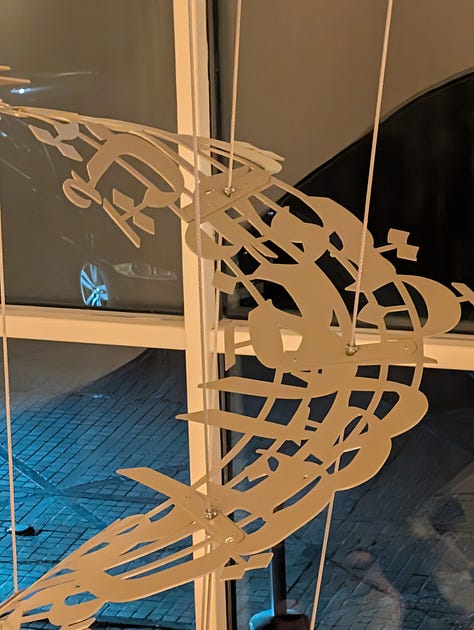
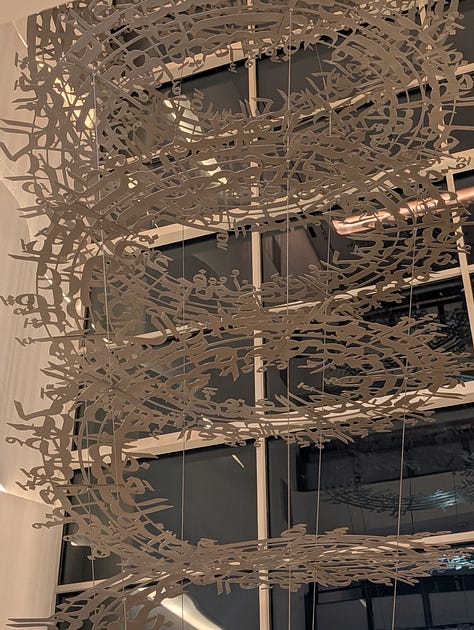
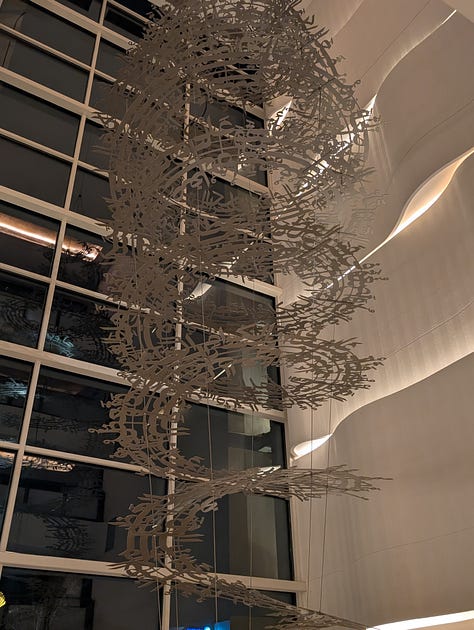
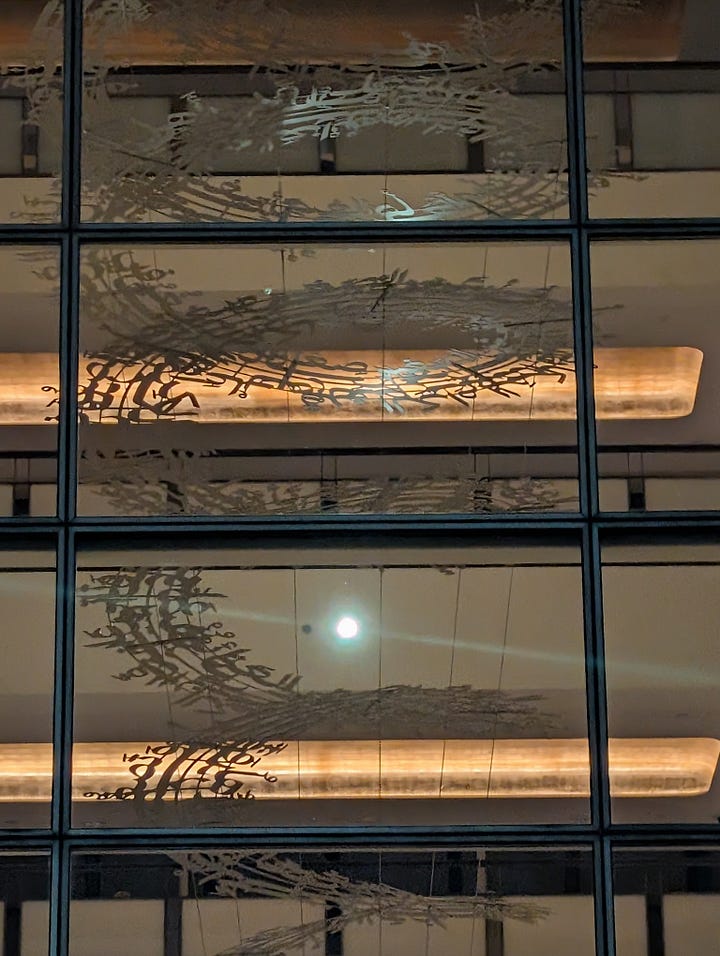
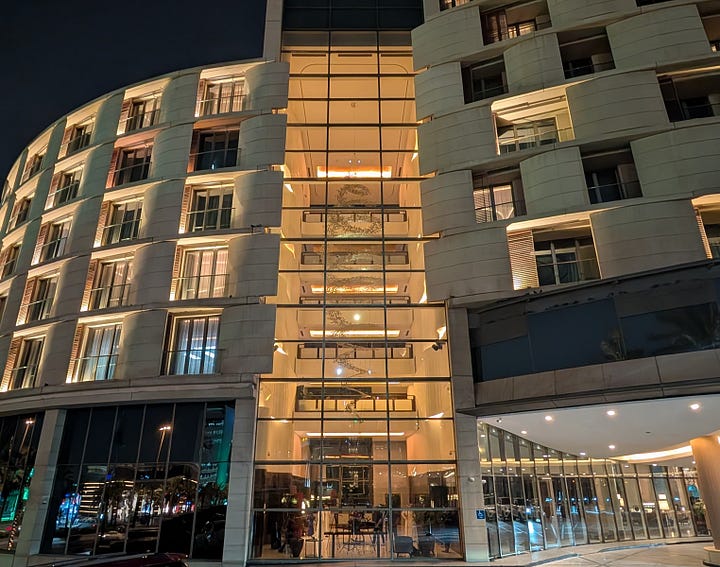
I was able to ride the Riyadh Metro from a station near my hotel to the King Fahad National Library stop on the Blue Line, which was a short walk from the Mandarin Oriental hotel (where the Abu Spiral hangs), located adjacent to the Al Faisaliah Tower. The Riyadh Metro is the world's longest driverless metro, comprising six lines that connect 85 stations over a combined length of 176 kilometers (109 miles). It was opened on December 1, 2024. The transportation nerd in me was stoked!
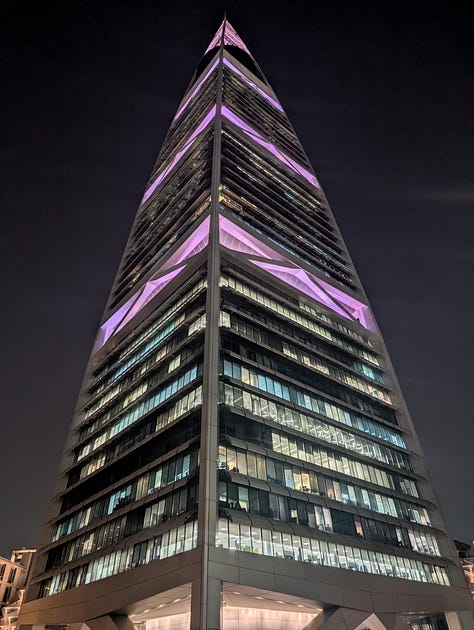
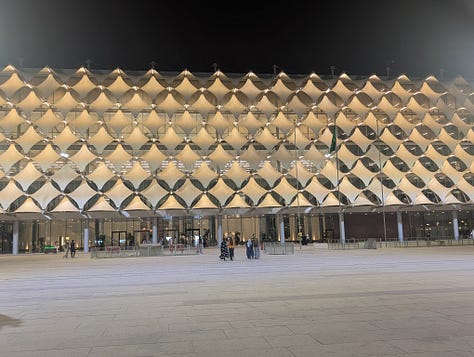
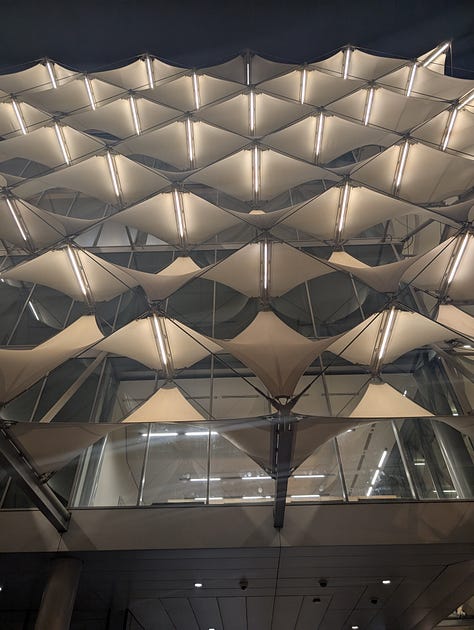
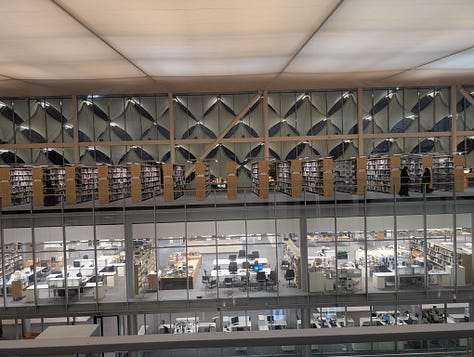
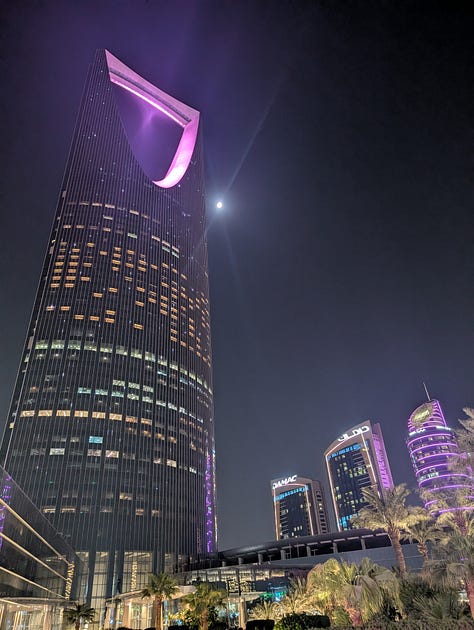
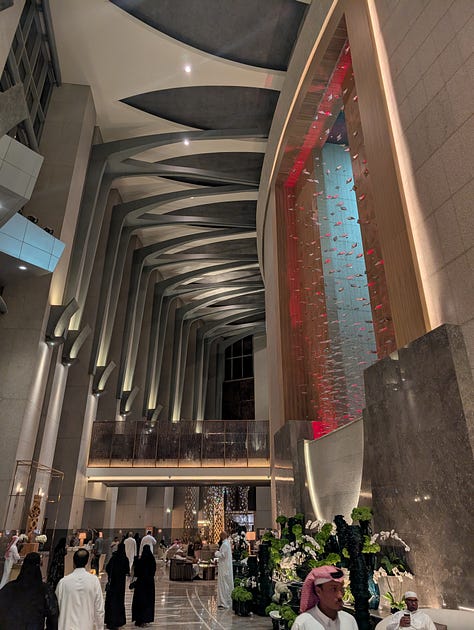
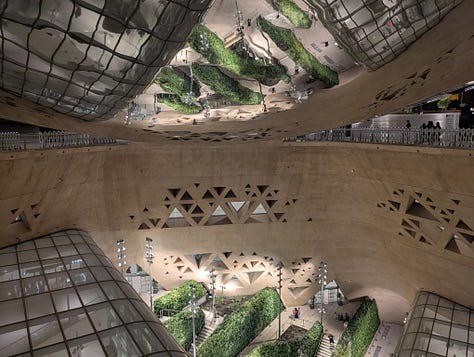
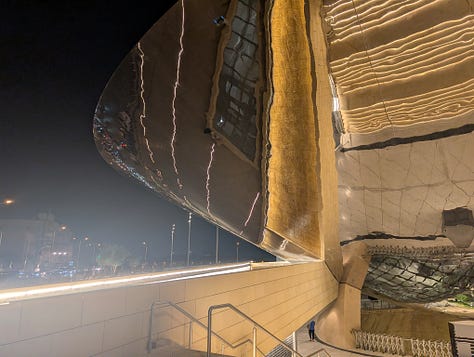
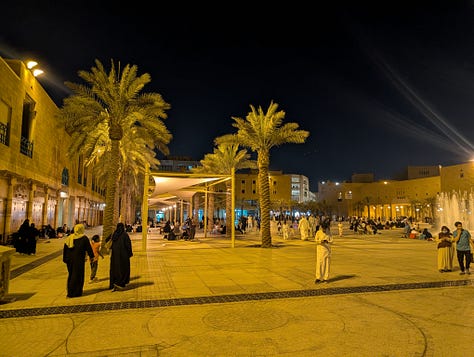
On Ebon’s recommendation, I went to the JAX District. It “provides shared spaces and a platform for the cultural community to contribute to the development of the creative ecosystem”. It is a creative hub featuring acclaimed artists, prestigious galleries, leading media outlets, creative agencies, and SAMOCA, the first contemporary art museum in Saudi Arabia, situated next to the historic heritage site of Diriyah.
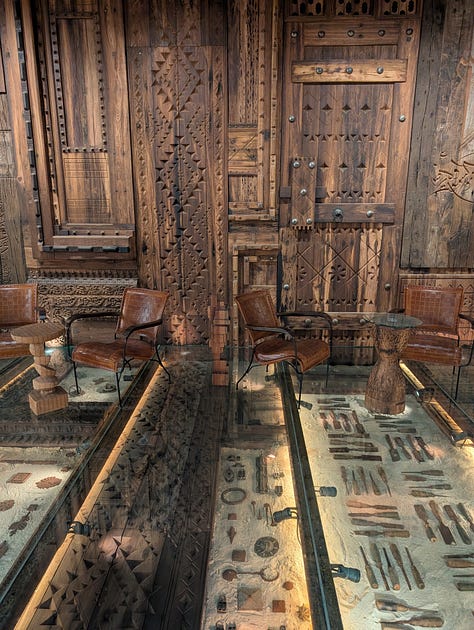
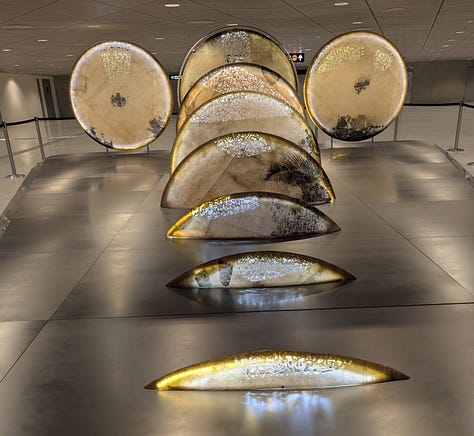
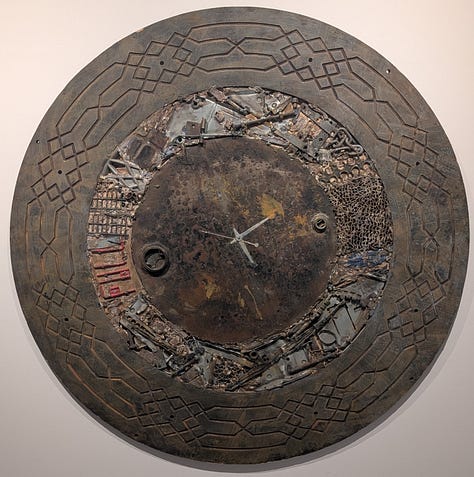
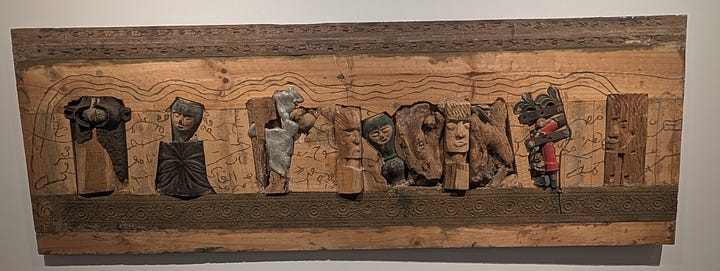
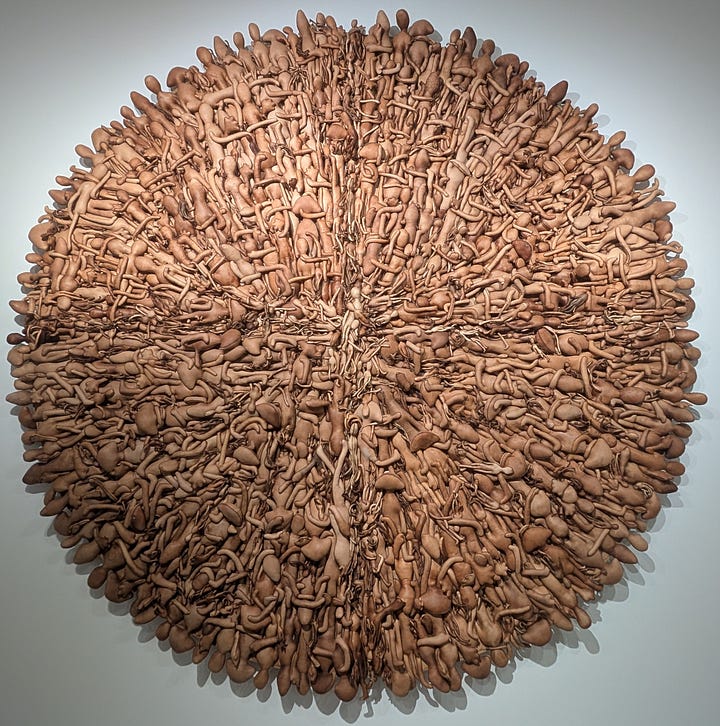
Riyadh is growing as rapidly as it can build, fueled by imported labor and the export of oil. There is construction in every direction, no matter where in the city you are.
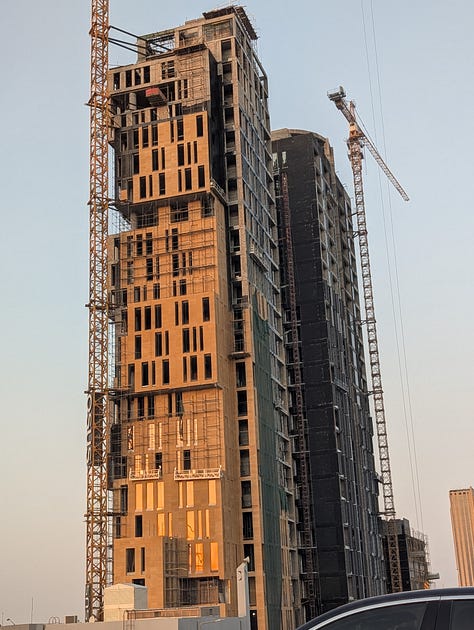
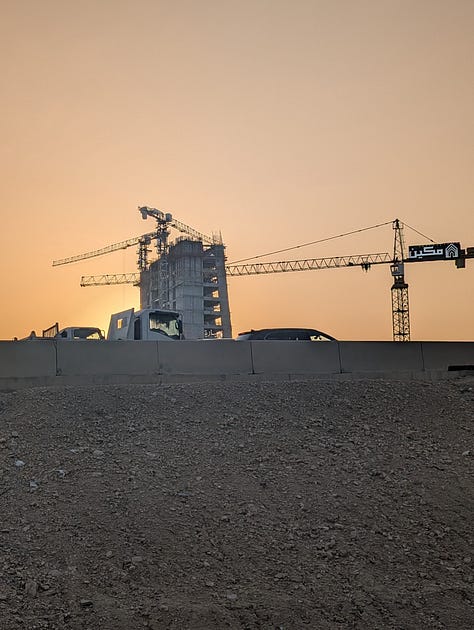
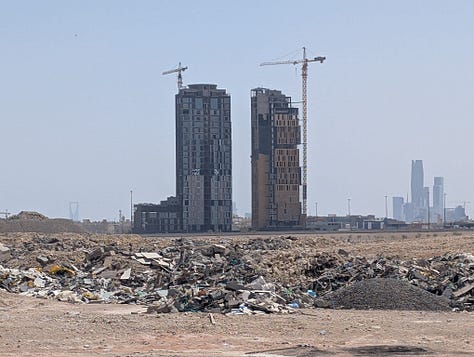
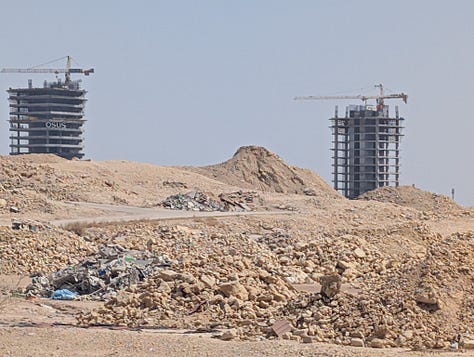
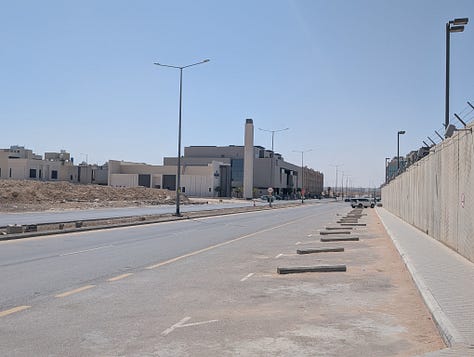
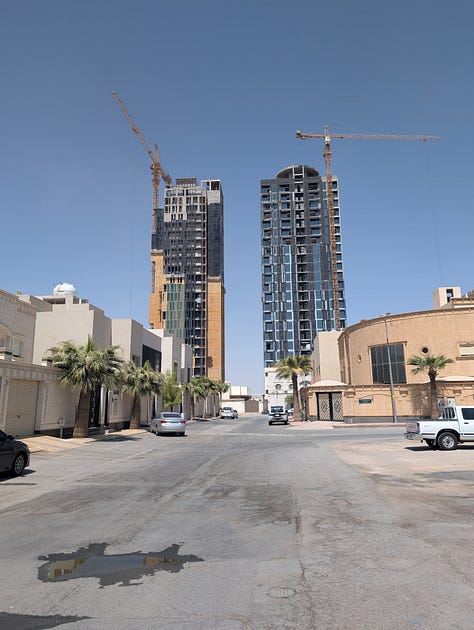
Five days working at the American International School in Riyadh brought me to thirteen in a row before my first day off. The workdays have been significantly different from my shop in Burlington (besides the obvious - they’re 8 hours long). 1) I’ve been working in the schools in direct contact with the teachers and students all day, 2) I’m working on MANY more instruments in a day, 25-30 shorter repairs and/or triage, but 3) most of the instruments I have worked on are relatively new and in excellent shape. It is also unusual that most of the instruments are the same make/model. i.e., I’ll fix 30 Yamaha flutes in a row. It has caused me to sharpen my diagnostic skills and repair process with the different instruments I work on. I am grateful for all the student instrument work I receive through Music and Arts in Burlington - it has prepared me for what I’m doing here, but also, my skills and efficiency are strengthening every day. That feels great.
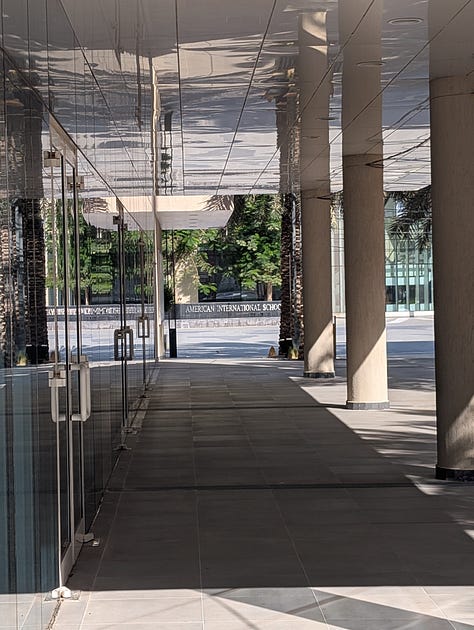
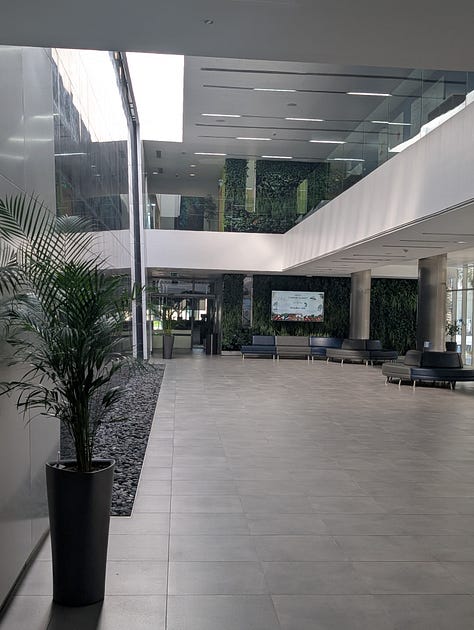
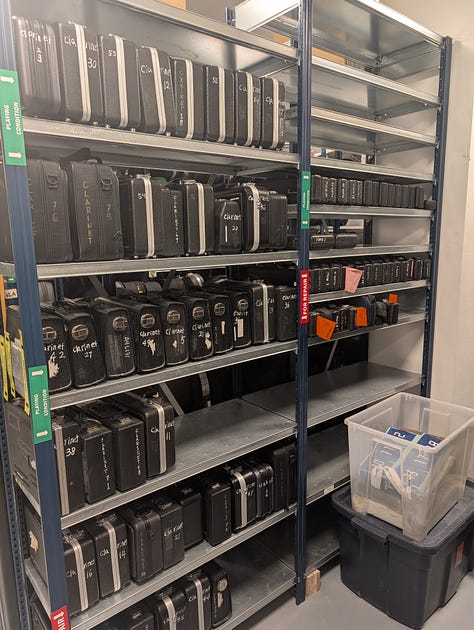
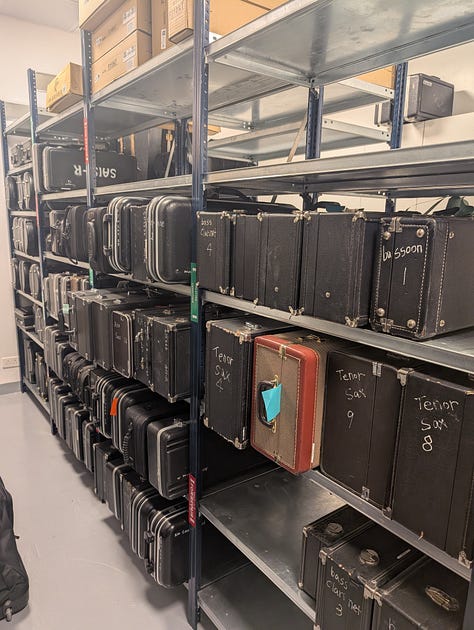
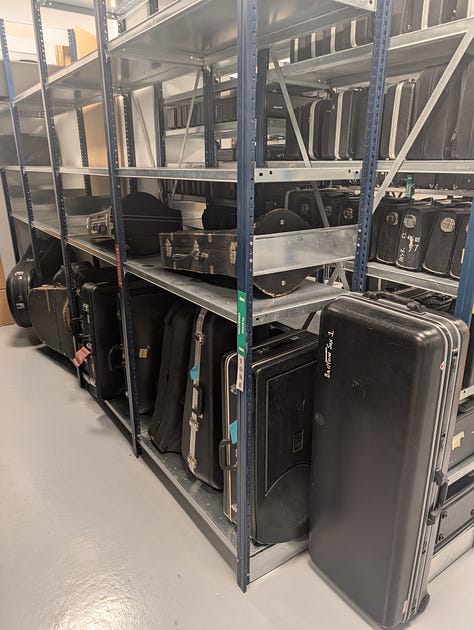
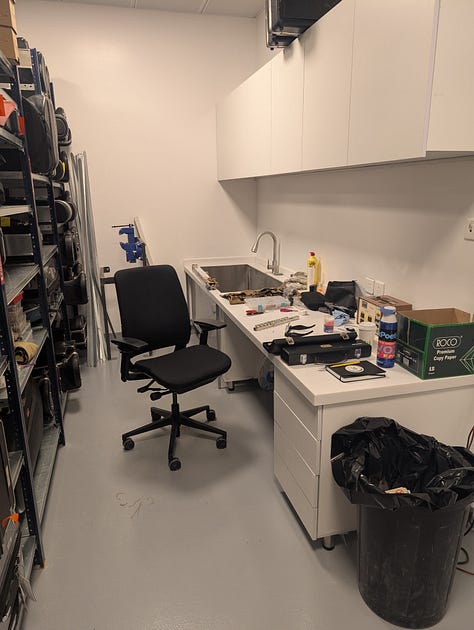
“The fundamental delusion of humanity is to suppose that I am here and you are out there.” -Yasutani Roshi, Zen master (1885-1973)



